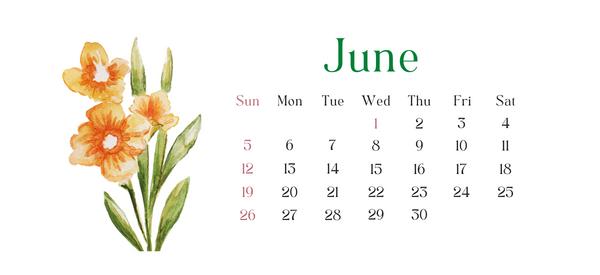
Foraging Calendar: What to Forage in June
Foraging is a great hobby and life skill that anyone can learn. It can be done with family, friends, or by yourself. Foraging is one of the best ways to reconnect with nature. While foraging is easy to learn it can be hard to master. Here’s a little cheat sheet for those just starting or those who just want to add to their list of what to keep an eye out for while adventuring.
Ramps (Allium tricoccum)
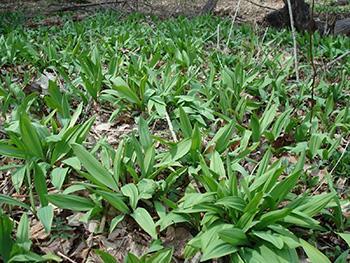 Ramps are a prized wild onion that starts growing at the end of April. The bulb of the plant is closer to full-size mid-May until the beginning of June which is when it’s time to harvest. Ramps are a must for spring cooking. Eat them in your salad, pickle the bulbs or put them in a food processor and make the best herb butter for your steak.
Ramps are a prized wild onion that starts growing at the end of April. The bulb of the plant is closer to full-size mid-May until the beginning of June which is when it’s time to harvest. Ramps are a must for spring cooking. Eat them in your salad, pickle the bulbs or put them in a food processor and make the best herb butter for your steak.
Wild ramps boast a variety of nutrients and beneficial compounds that may improve your digestion, promote weight loss, reduce inflammation, and fight heart disease.
They are found alongside Mayapples and Morels. Ramps have a flat green leaf with a hint of red color as you get towards the bright white bulb. It’s important once you find your ramp to crush it and make sure the ramp has a strong onion garlic-like smell. If it doesn’t have that smell, toss that plant because it’s a lily of the valley and it’s deadly.
Elderflower (Sambucus nigra)
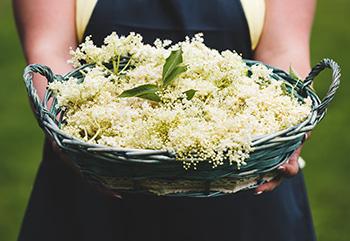 For many people, fragrant elderflowers are synonymous with summer and they’re at their best from late May to June depending on where you live. The flowers and berries are the only edible part of the elder tree and require cooking to remove the small amounts of toxic chemicals.
For many people, fragrant elderflowers are synonymous with summer and they’re at their best from late May to June depending on where you live. The flowers and berries are the only edible part of the elder tree and require cooking to remove the small amounts of toxic chemicals.
Look for elder trees in woodland, scrub, hedgerows, and wasteland. Their creamy-white flowers hang in flat-topped clusters. Pick when the buds are freshly open on a warm, dry, sunny day, well away from traffic fumes.
Rinse flowers briefly in cold water before using them fresh in cordials, syrups, or jellies. Be sure of your identification before harvesting this season and ensure you never take more than a quarter of what you see.
Pheasant back (Polyporus squamosus)
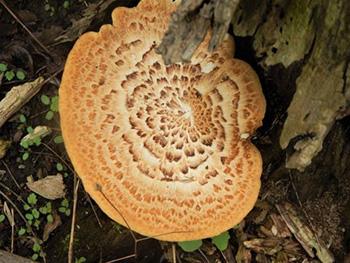 Pheasant back, also known as dryad’s saddle, is a delicious meaty mushroom that pops up on hardwood trees. Sometimes in spring foragers are so focused on the elusive morel they miss these yummy meat substitutes.
Pheasant back, also known as dryad’s saddle, is a delicious meaty mushroom that pops up on hardwood trees. Sometimes in spring foragers are so focused on the elusive morel they miss these yummy meat substitutes.
With the brown, feathery appearance of its scaly cap, it’s a polypore, meaning that its underside is covered in pores rather than gills.
When the pheasant’s back is cut it smells more like cucumbers than a mushroom. They share very similar habitats to morels so look for Mayapples, down trees, and highly alkaline soil. This mushroom is greatly sliced thin with a knob of butter, pickled, or served with freshly cooked peppers.
One thing that Pheasant Back is extremely fantastic for (when tinctured or eaten cooked) is its immunomodulating properties. Pheasant backs have no dangerous look-alikes so they a great for beginners.
Wild Violets (Viola sororia)
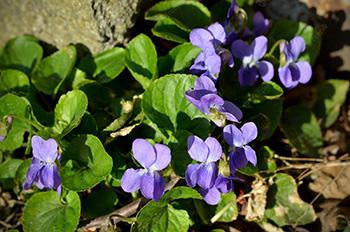 Violets, both the leaves and flowers, contain high amounts of vitamin C and vitamin A. Wild Violets are used to make syrups, teas, and baked goods. Flowers can be added to salads and soups as garnish. Moderation is important, as this plant does contain a compound called saponin, so eating violet flowers and leaves in excess may cause digestive issues.
Violets, both the leaves and flowers, contain high amounts of vitamin C and vitamin A. Wild Violets are used to make syrups, teas, and baked goods. Flowers can be added to salads and soups as garnish. Moderation is important, as this plant does contain a compound called saponin, so eating violet flowers and leaves in excess may cause digestive issues.
Wild strawberries (Fragaria vesca)
June is a great time to start teaching foraging to kids or friends since school is out. The heat from the summer is only starting to roll in. It’s the beginning of berry picking season when many wild plants start to fruit. Nothing better on a hot day than wild berry jam and bread.
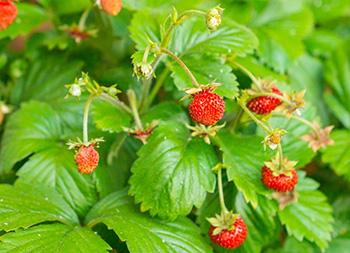 The very beginning of June is a favorite for many, Wild strawberries. These little berries are a smaller version than what you find in the grocery store. The strawberries are sweet, tart, and oh so juicy!
The very beginning of June is a favorite for many, Wild strawberries. These little berries are a smaller version than what you find in the grocery store. The strawberries are sweet, tart, and oh so juicy!
These tiny, delicious red berries will ripen first in sunny locations and the further North you live they will fruit closer to mid-June.
Real wild strawberries usually grow in woodland areas. They have tan seeds in dimples in the berry’s skin. You might also find the “Indian strawberry,” which grows more often in fields, and has red seeds that stand out from the berry’s skin. These have no flavor but can be safely eaten.
Stinging Nettle (Urtica dioica)
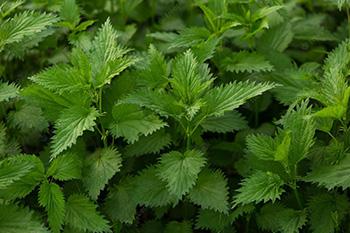 June is a great season for greens. Stinging Nettle is a great find for beginning to mid-June. Stinging nettle will lose its sting upon boiling or steaming. Stinging nettle is highly nutritious. It was used to treat arthritis and ancient Romans rubbed it on their skin to stay warm.
June is a great season for greens. Stinging Nettle is a great find for beginning to mid-June. Stinging nettle will lose its sting upon boiling or steaming. Stinging nettle is highly nutritious. It was used to treat arthritis and ancient Romans rubbed it on their skin to stay warm.
It can be cooked and served like spinach. They are nice and tender earlier in the season when they’re young.
If they have already grown flowers and seeds, they’re still perfectly edible – just pick the smaller leaves near the top.
Raspberries and Blackberries
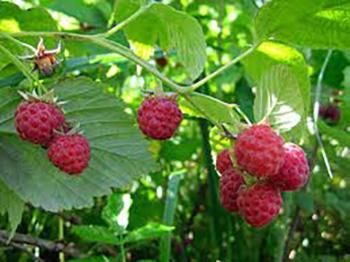 The end of June is for the classic berries, raspberries, and blackberries. Look along sunny roadways and trails for these sweet berries.
The end of June is for the classic berries, raspberries, and blackberries. Look along sunny roadways and trails for these sweet berries.
Remember to wear protective clothes since these bushes have many thorns to keep berry hunters away from their treasure troves.
Raspberries and blackberries can be used interchangeably; the only real difference is raspberries are hollow and blackberries are filled to the stem. They can be used in jam making, cooking, dyes, and even cosmetics.
Related: The Plant That Blooms Exactly on June 24, Each Year (Video)
Other plants you can find in June:
- Chickweed
- Dandelions
- Figs
- Gooseberries
- Lamb’s Quarters
- Milkweed flower buds
- Mint
- Plantain
- Purslane
- Sheep Sorrel
Foraging is a connection to our ancestors, a way to reconnect to nature, and a chance to learn something new to pass on to others. A month-to-month guide to foraging for the beginning of the season is a perfect way to kick off your new passion. What are your favorite June wild finds?
You may also like:
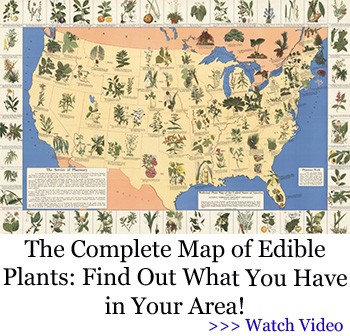 What You Should Know About Foraging Yarrow
What You Should Know About Foraging Yarrow
The 10 Medicinal Seeds You Should Plant for a Complete Backyard Pharmacy (Video)
10 Mushrooms You Should Forage This Summer






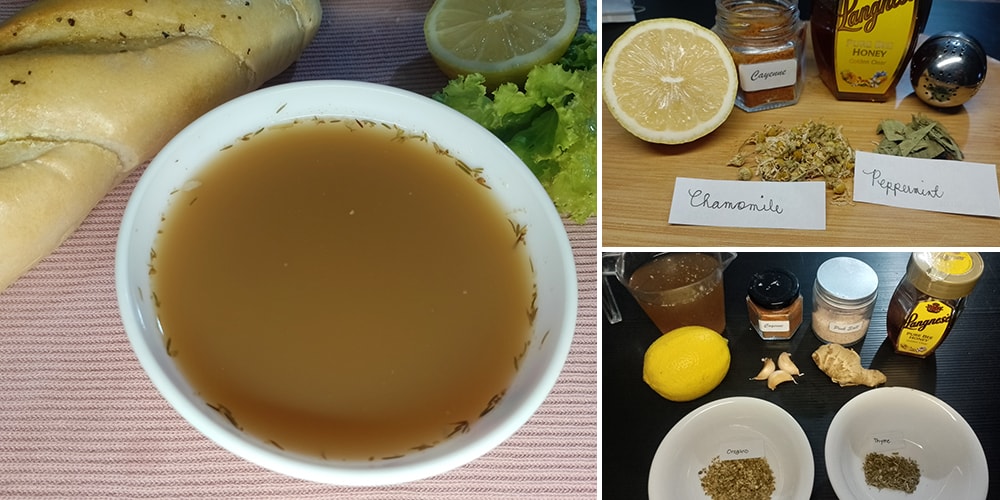
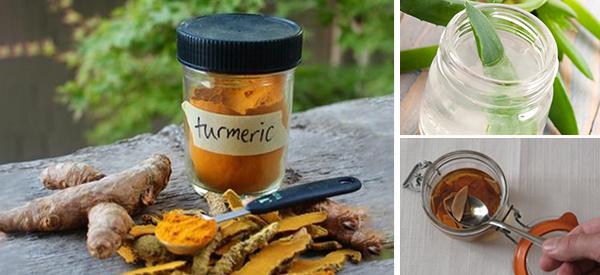
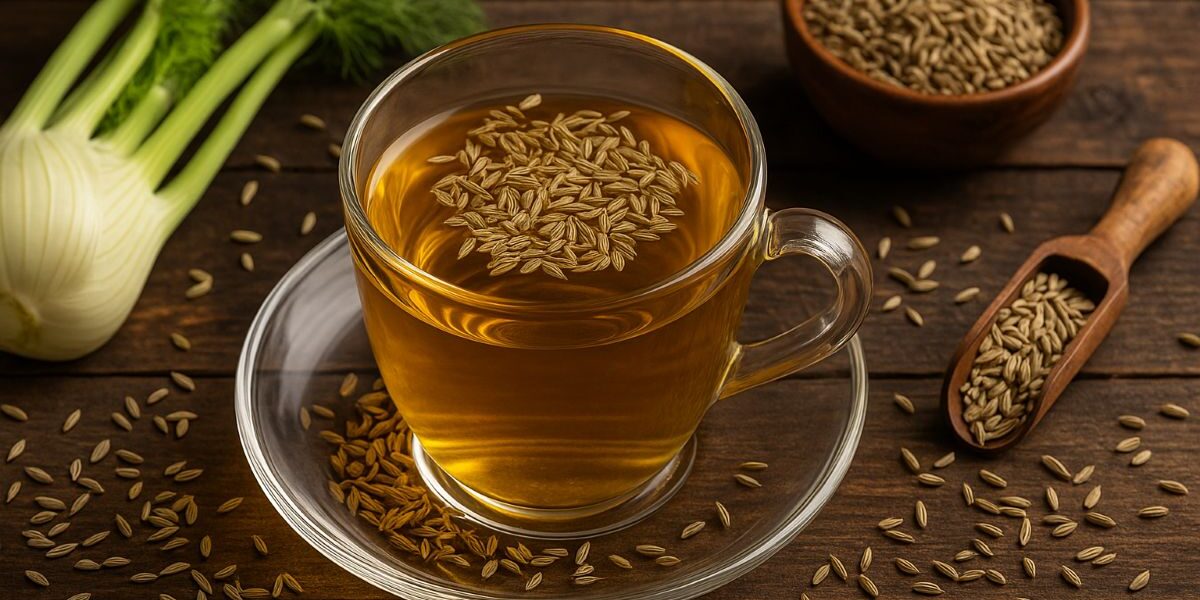
Thank you for this informative email.
“OKAY”
Brilliant!
I am in zone 9a-b. I know some of these don’t grow down in Florida. It would be helpful to know the zones where they can be found. Thanks.
I agree Lauren. I live in Zone 5b and know that some of these things don’t grow in our area. It would be nice to know what grows where according to growth zone.
https://googlethatforyou.com?q=what%20zone%20do%20wild%20violets%20grow%20in
I would also like to see. What available. In B.C. Canada
South Florida?
I’m sipping on my elderflower cordial as I write. Other medicinal herbs to add to the list are linden flowers, black locust birch leaves, blackcurrant leaves, and small flower hairy willowherb (Epilobium parviflorum). If your readers would like to read about how to harvest linden flowers, and to use them as medicine, I can leave a link here with your permission: https://www.mynaturaltreatment.com/linden-flowers-tea-benefits/ Bountiful foraging, everyone!
I would be great to have an Australian map like this. Hopefully one day this could happen
I find this is very interesting with lots of very knowledgeable information.
Hey guys writer here! We’re going to be doing a blog based on monthly forages and what you can find in your zone! Make sure to subscribed and keep up with us!
Awesome!!
I enjoy all the Posts. Thanks you!
Terrific, looking forward to the monthly foraging information!!